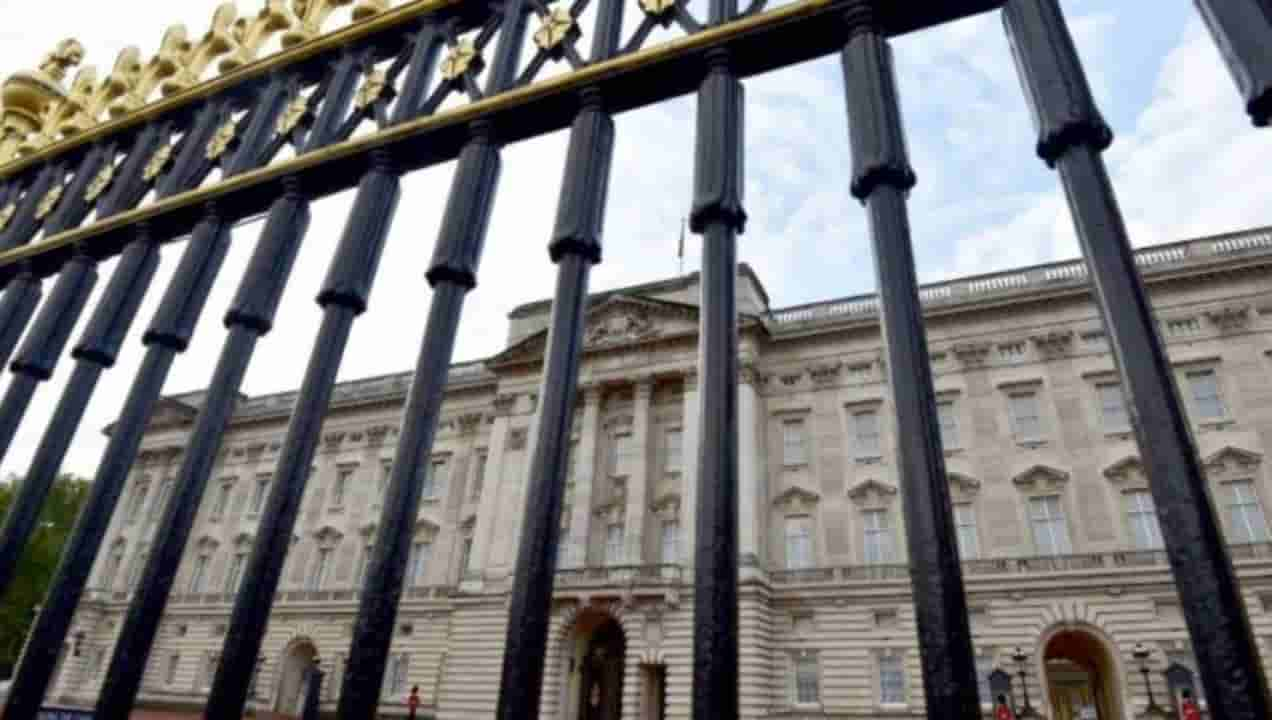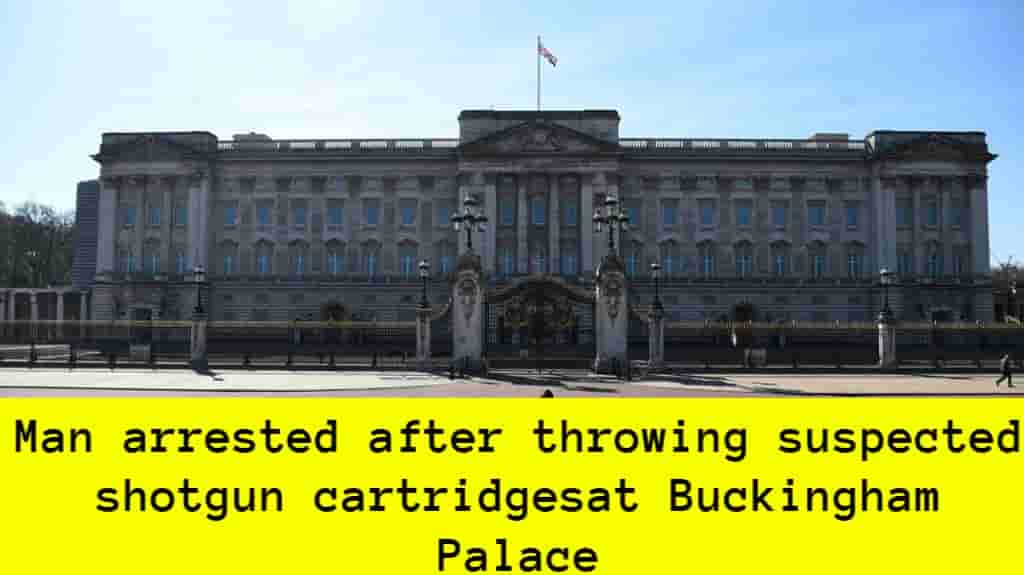On Tuesday, Buckingham Palace was placed on lockdown because a man was caught carrying and throwing suspicious items onto the royal grounds. The incident occurred just four days before King Charles’ Coronation.

Source: repubblica.it
The Metropolitan Police in the UK arrested the man after he approached the gate at approximately 7 p.m. local time and threw several suspected to be shotgun cartridges. The police confiscated a suspicious bag from the individual and carried out a controlled explosion as a precautionary measure.
Joseph McDonald said in a statement, “Officers worked immediately to detain the man, and he has been taken into police custody; there have been no reports of any shots fired or any injuries to officers or members of the public.”
According to witnesses who spoke with The Sun, the man who remains unidentified was heard shouting, “I’m going to kill the King.” The bag he carried, which has since been detonated, was found to contain two passports, a phone, wallet, keys, and a self-help book titled “The Happiness Advantage,” which provides readers with methods to rewire their brains for positive thinking.
Buckingham Palace confirmed that neither King Charles nor his wife Camilla were present during the incident.
Before the man’s arrest, King Charles had greeted Australian Prime Minister Anthony Albanese at the castle. While the specifics of their conversation have not yet been disclosed, Albanese stated that his visit to the UK would concentrate on the Australia-UK Free Trade Agreement.
In the days leading up to Saturday’s Coronation ceremony, Buckingham Palace has experienced a significant increase in activity, with crowds of tourists gathering along London’s The Mall in anticipation of the event.
Buckingham Palace: Brief History
Buckingham Palace is a symbol of the British monarchy and one of the most iconic buildings in London. The original structure, Buckingham House, was built in 1703 for the Duke of Buckingham.

Source: Fox News
In 1761, King George III acquired it as a private residence for Queen Charlotte. Later, King George IV commissioned architect John Nash to transform the building into a palace. The project was completed in 1837, during the reign of Queen Victoria, who made Buckingham Palace her official residence.
The palace has undergone several renovations and additions over the years, including the construction of the East Wing in the 1840s and the addition of the famous balcony in 1851.
In the early 20th century, King Edward VII and Queen Alexandra redesigned and expanded the palace, adding the iconic façade facing the Mall. The palace also suffered damage during World War II but was eventually restored to its former glory.
Read Also: A rising Florida equestrian star Hannah Serfass died in tragic incident
















